Charles Vermeulen
Extant
Del Obispo Street, San Juan Capistrano, California, 92675, United States
The material remains on display without charge, easily accessible and viewable by the public.
About the Artist/Site
Charles Vermeulen was born in Bakersfield, California, the second oldest of seven children, five brothers and two sisters. Charles’ parents emigrated to America from Noordschote, Lo-Reninge, Belgium before World War I and finally settled in Orange County, where his father, Valère, became a sharecropper on approximately three hundred acres of land owned by the Irvine Company. As the farming family prospered over the years, the Vermeulens were able to purchase their own land. Throughout his boyhood, Charles worked on his father’s farm, and had only finished the eighth grade before his mother died and he was put to work on the farm full time; upon his father’s death he and his brother inherited the family business. His early life would instill in him a work ethic that would last a lifetime, and he remained a farmer throughout his life; although a somewhat difficult life, it was not without its rewards for the independently- minded Charles. In 1940 he married Irene Emma Callens, and the couple had two daughters.
In the 1980s Vermeulen began collecting farm equipment and storing it in a lot across from the original family farm. He did not reveal to anyone his intentions, but began to use his self-taught welding skills to assemble a series of remarkable sculptures. Upon his retirement from farming, he constructed a large shopping center on the original site of what was once the family’s original farm and produce store. By the late 1980s, Vermeulen had moved his entire collection of farm equipment, industrial machines, steel sculptures, and other items into the spaces reserved for landscaping. His astounding assemblage is located at what is still the family-owned commercial center, the Vermeulen Ranch Center on Del Obispo Street in San Juan Capistrano, Orange County. The total number of objects is all but uncountable, numbering some 2000 objects, including nearly fifty non-wired light standards, twenty hand water pumps, and eighteen miniature windmills. There are also thirty-three wagons, fifteen tractors, fifty ploughs, and thirty-one sculptures. Most are painted in bright whimsical colors and have been carefully mounted in order to preserve them and protect them from theft. In Vermeulen’s environment, we see utilitarian modes of production for both food and capital suddenly transformed into aesthetic objects.
While the iconography in his environment must be read on one level as an autobiographical narrative – a nostalgic look back at his years as a successful Orange County farmer – his assemblage is more than just an idiosyncratic, autobiographical expression. Vermeulen’s multivocal, farm-equipment environment also narrates the farming history of Orange County, the development of American industrialism, and the fable of the mythical American farmer. At first glance a wistful paean to the region’s agrarian past, it also represents the very tension between agrarianism and industrialism: rural America versus urban America, the small farmer versus industrial agriculture: when the machine enters the garden and forever transforms the life of the American farmer. Vermeulen’s numerous creative steel sculptures, fashioned out of industrial and farm equipment parts, reveal the creative impulse behind the organization of the entire site. Like Sabato Rodia’s famous Watts Towers in Watts, Los Angeles, Vermeulen’s artfully arranged site is not just a random collection of used tractors, farm equipment, and implements. His personal narrative transcends the subjectivity of the artist and intersects with history, myth, and fable. Charles Vermeulen’s remarkable installation must rank among the most significant art environment sites in North America.
Vermeulen died on April 15, 2003 in Santa Ana, Orange County, California, but the material remains on display without charge, easily accessible and viewable by the public.
~Kenneth Scambray
This text is drawn from Scambray’s essay “Reimagining the Machine: Autobiography and History in Charles Vermeulen’s Farm Equipment Installation.” Elsewhere: The International Journal of Self-Taught and Outsider Art. Issue 2, May 2014. http://stoarc.com/journals/ELSEWHERE_Journal_Issue_2_May_2014.pdf
Map & Site Information
Del Obispo Street
San Juan Capistrano, California, 92675
us
Latitude/Longitude: 33.48744 / -117.6824043
Nearby Environments


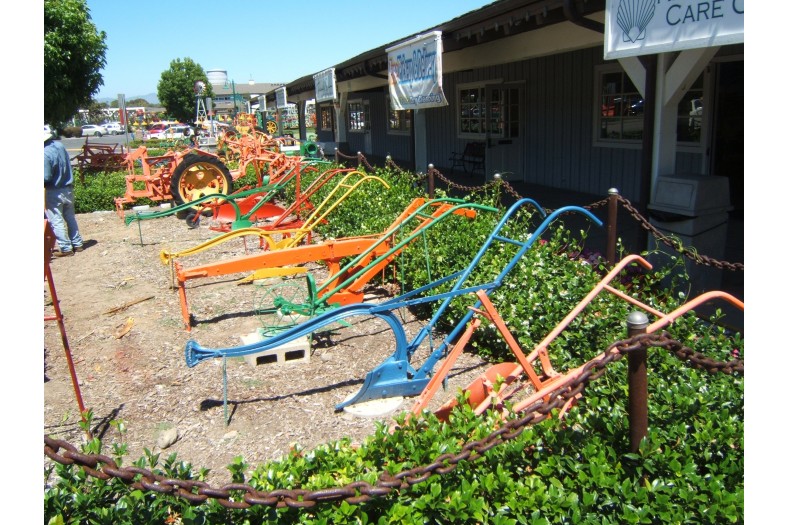
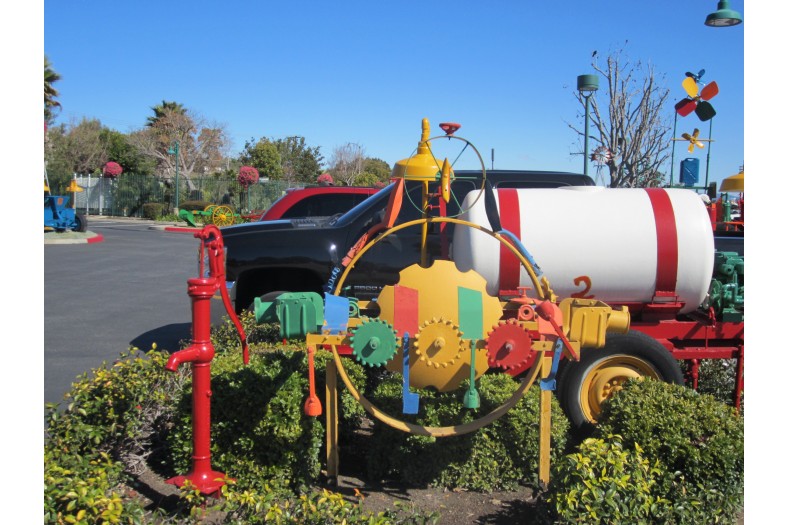
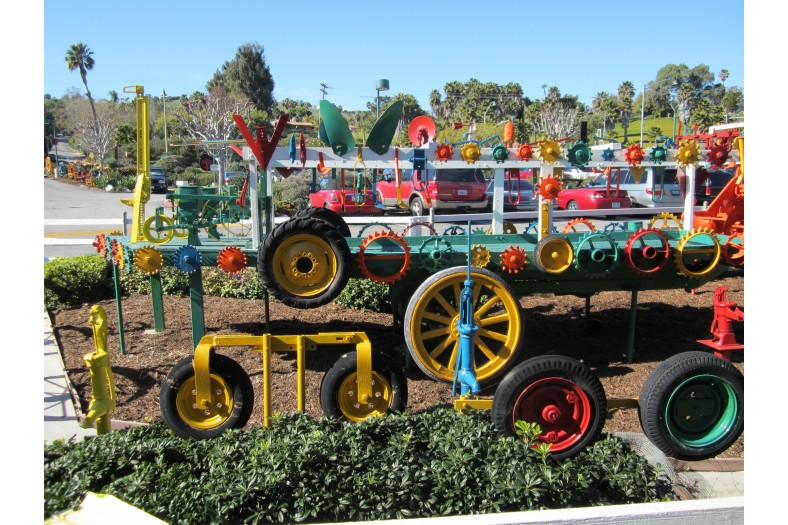
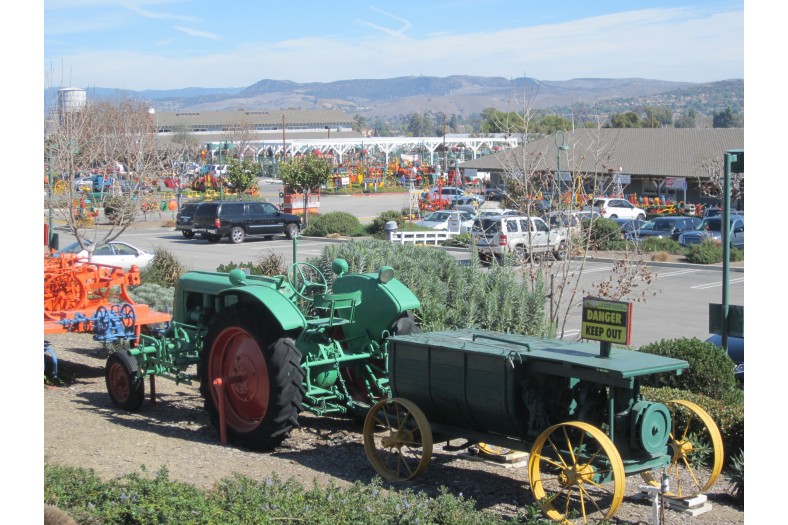
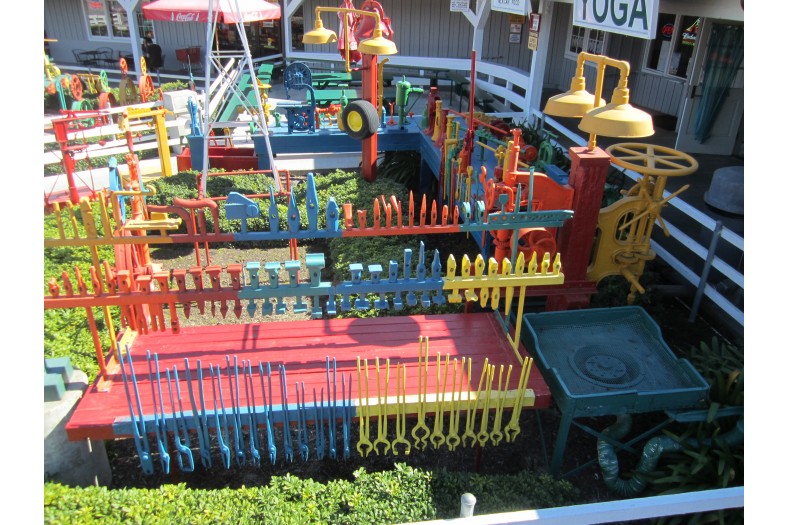
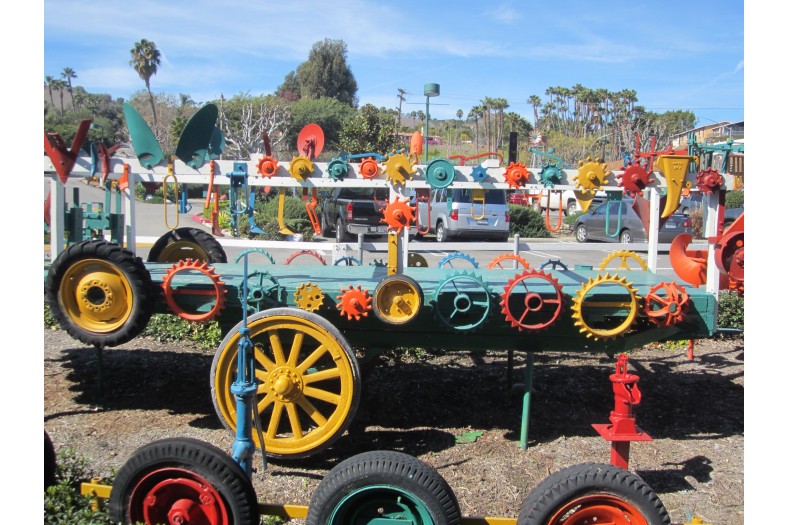
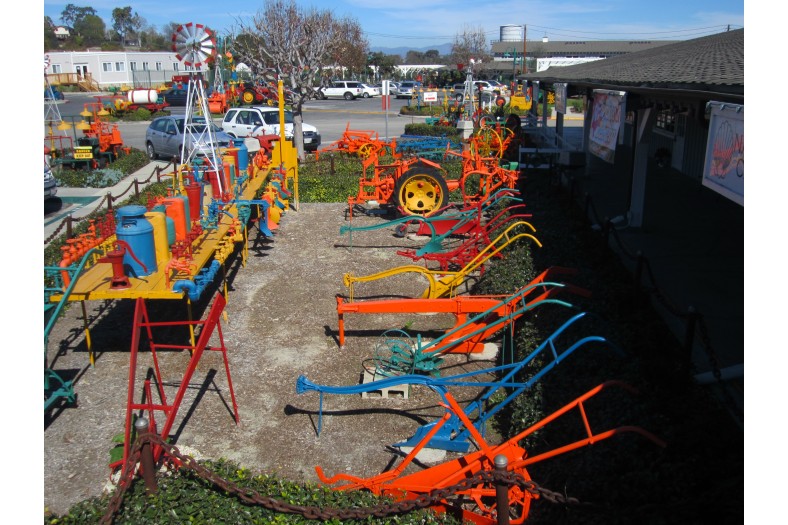
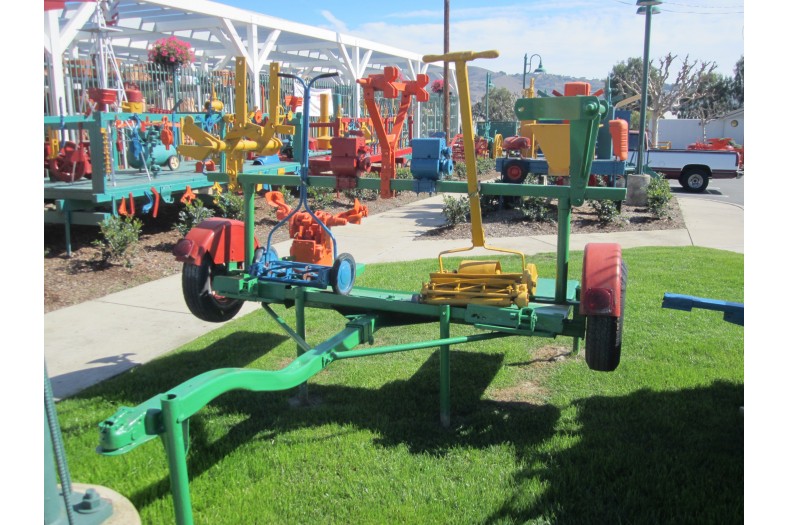
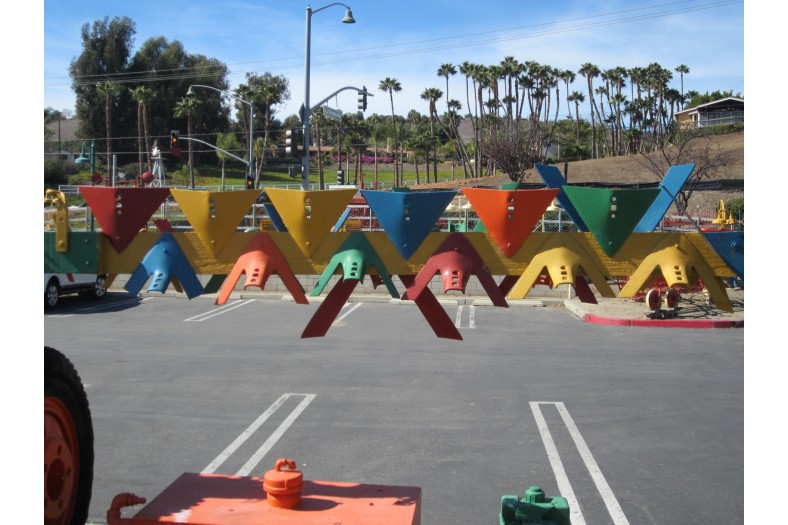
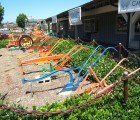
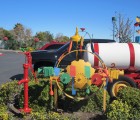
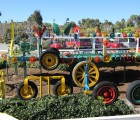
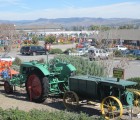

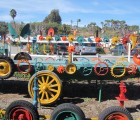
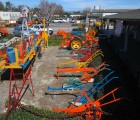
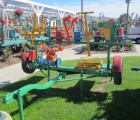
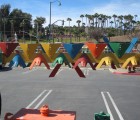

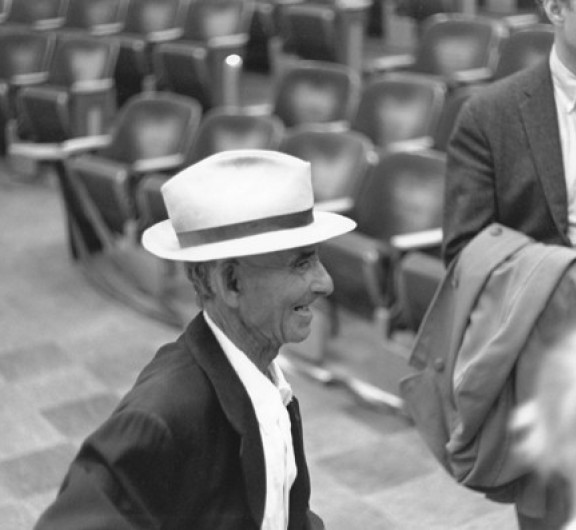
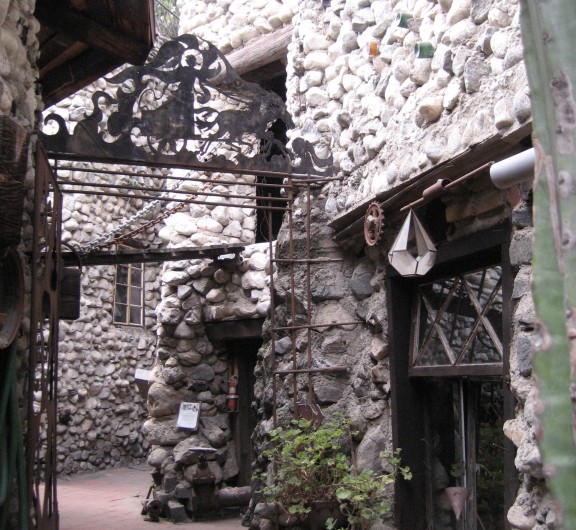
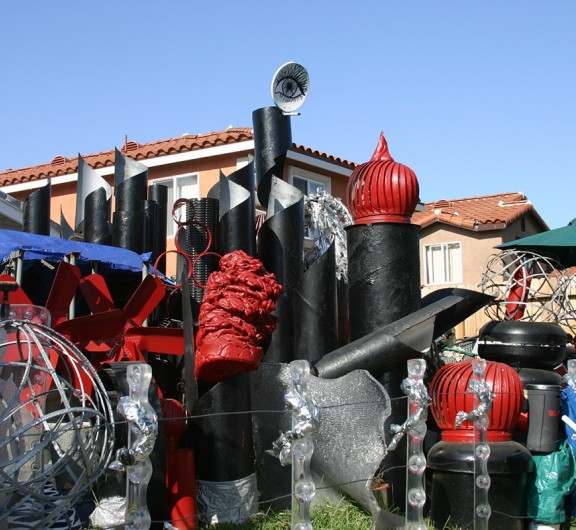

Post your comment
Comments
No one has commented on this page yet.